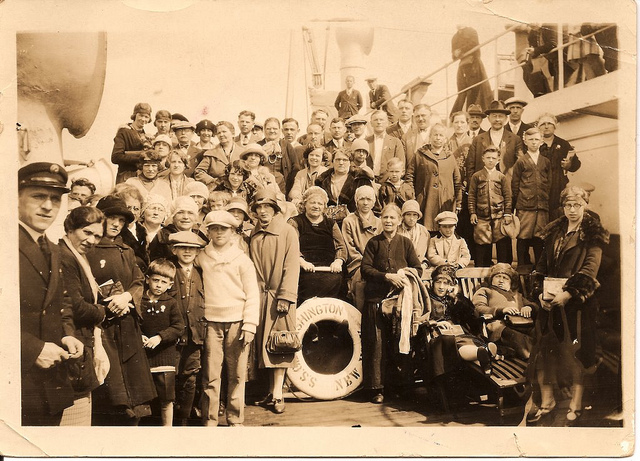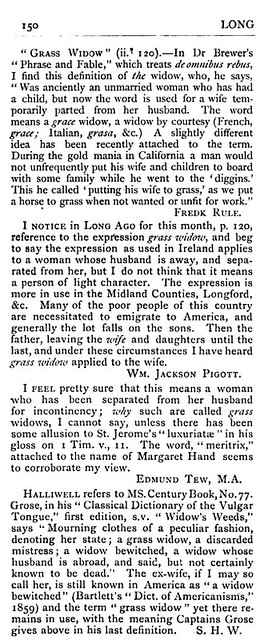According to the Brief History of World War Two Advertising Campaigns War Loans and Bonds:
On May 1, 1941, the first Series E U.S. Savings Bond was sold to President Franklin D. Roosevelt by Secretary of the Treasury Henry Morgenthau. On January 3, 1946, the last proceeds from the Victory Bond campaign were deposited to the Treasury. The War Finance Committees, in charge of the loan drives, sold a total of $185.7 billion of securities. This incredible mass selling achievement (for helping to finance the war) has not been matched, before or since. By the end of World War II, over 85 million Americans had invested in War Bonds, a number unmatched by any other country.
There were eight War Loan drives in total –
June 12, 1944 marked the beginning of the most ambitious war financing campaign. The $16 billion goal of the Fifth War Loan was the largest of the eight, but by its conclusion on July 8, 1944, $20.6 billion had been sold. It came at a critical time, as the tempo of war had increased dramatically. Production rates were hitting new peaks, while availability of goods was low and consumer earning rates were high. An estimated $42.7 worth of advertising was contributed towards the loan campaign, which served to thwart inflation as well as to finance the war.
With such an ambitious goal and over $16.7 billion raised in the previous four ward bond drives, they must have realized they needed some serious tactics for getting people to pony up more money for the war.
Reading through some Queens newspapers today, I happened upon an advertisement by a partnership of Gertz Department Store and Textron to sell war bonds with a decidedly unique slant: When you buy the bond, you can fill out a note directly to Hitler or Tojo and they’ll insure it gets shipped overseas and inserted in a live bomb!
Now THERE’S some bang for your buck!





























